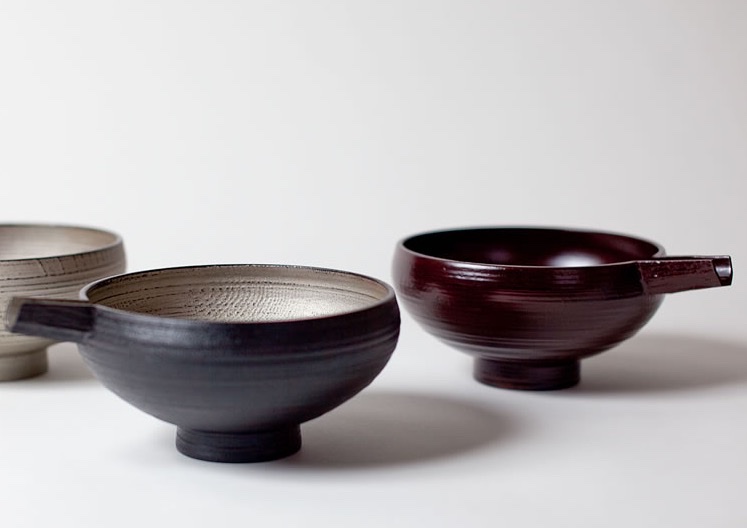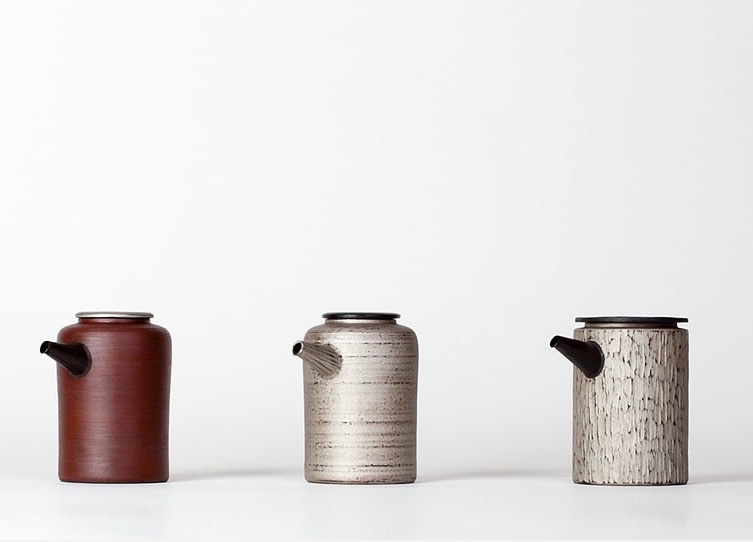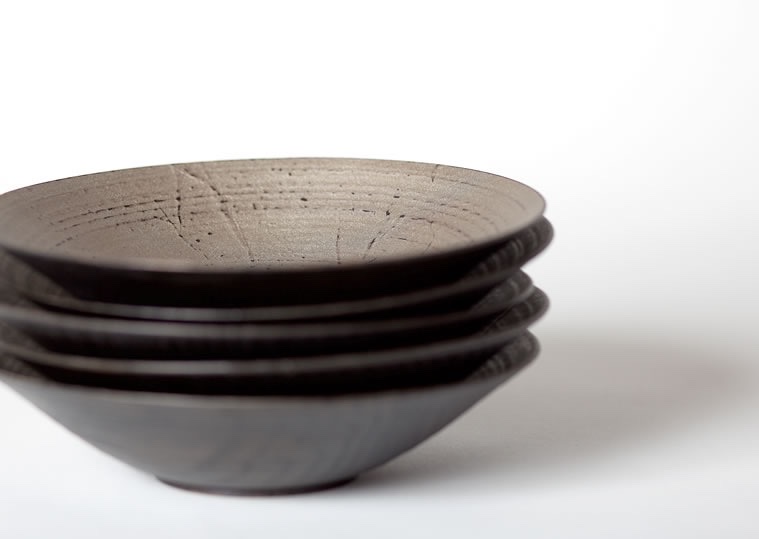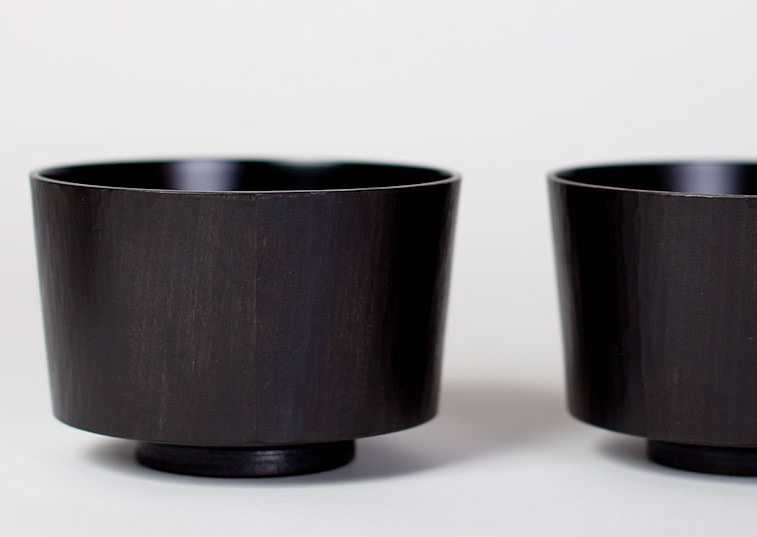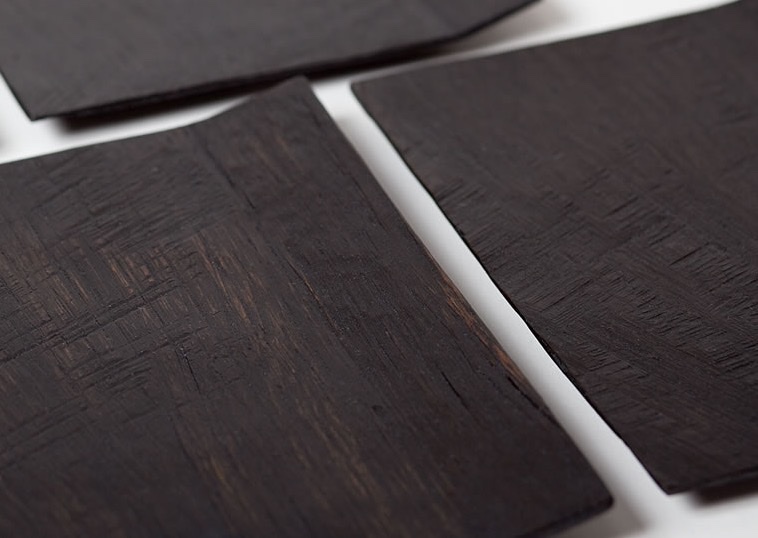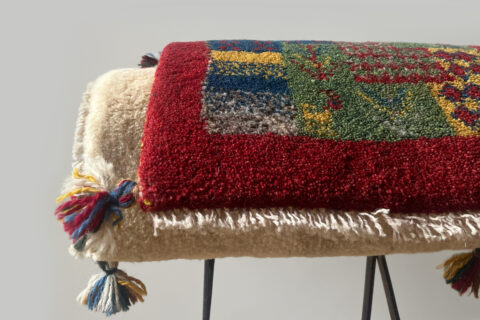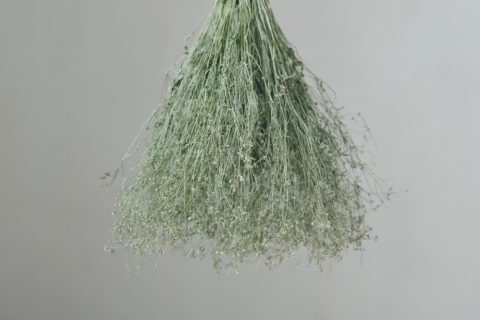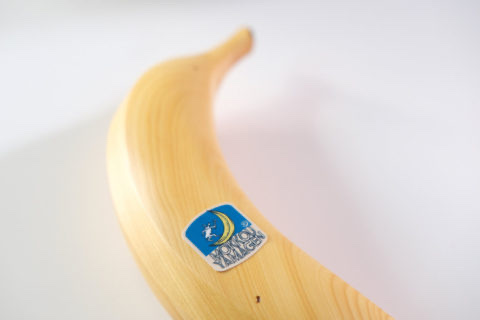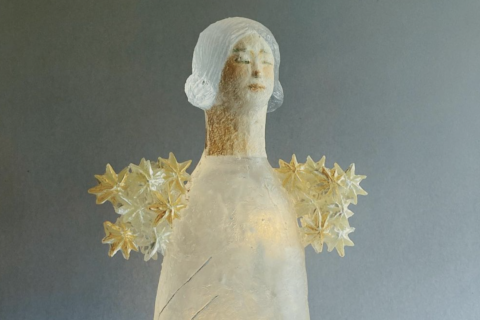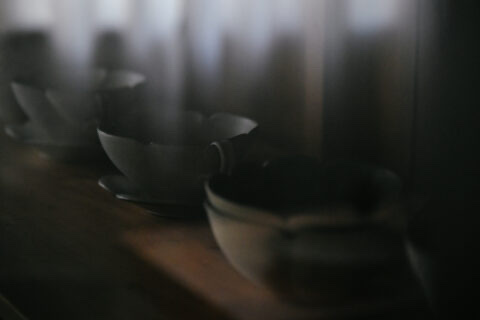
日本最著名的漆器生產地在輪島(Wajima),於木造的胎上塗上漆料再風乾,一層又一層,足足三十層,就成為了堅固的輪島漆。漆器工藝家八代淳子(Junko Yashiro)製作的卻偷工減料,只塗了五層。「我的作品沒必要造那麼多層。那是考慮到器物的壽命、耐用度,以及現今世代的生活形態而產生的想法。」八代淳子在接受工藝品商店Panorama訪問時說。
以往漆器是代代相傳的生活用品,但現在日本以核心家庭為主,家裡的器物被這一代使用過後,似乎便難逃被遺忘、丟棄的命運。八代淳子減去了部份工序,於不影響其耐用性的前題下,將製作的重點放在表現工藝品的個性之上。
不少漆器工匠都會委托木工製作木胎,好讓自己專注於漆藝,八代淳子則愛從木胎造起。而比起光滑明亮的表面,她更愛造出如同樹皮般的粗糙質感。另外,在金屬原料方面,她不熱衷於常用的金及銀,反而愛用錫,其色澤較低調之外,更重要的是成本價格也較為便宜,作品定價便可調低。「我造的只是日常用品而已。」八代淳子從不視自己為藝術家,自覺只是工匠,工匠造出的東西好用之外,還得易於負擔,這是日本工匠共同的觀念。
Wajima is the most famous Japanese city for lacquerware. To create a sturdy Wajima lacquerware, one has to apply 30 layers of coating to the wooden core, with each layer air-dried before applying another layer. The lacquerware artisan Junko Yashiro however tries to “jerry-build” her work with only 5 layers of coating. “That is all it needs for my creation. It is a decision made upon the durability of the utensil and the contemporary style of living.” Yashiro told the craft store Panorama in an interview.
Lacquerware used to be utensils that are passed down from generation to generation. Nuclear family has become the most common family structure in Japan today, household utensils are most likely to be used by only one generation. Utensils are usually forgotten or thrown away, without having a chance to continue serving the next generation. Not only does Yashiro “jerry-build” the utensils without affecting their durability, she also puts extra effort on emphasizing the personality of every piece of her work.
To dedicate focus on the lacquer coating, many lacquerware artisans commission carpenters to create the wooden core. Unlike these artisans, Yashiro opts to build her own wooden core. While some are obsessed with creating a smooth and flawless core, a rough surface that resembles tree barks is what Yashiro looks for. She is also not keen on using gold and silver, the most popular material for lacquer, but favours the more subtle tin. Not only is the colour milder, tin is also a cheaper material that allows Yashiro to sell her product at a lower price. “I am creating utensils for daily use.” Junko Yashiro never sees herself as an artist. Considering herself an artisan, she shares a common belief among Japanese artisans that good quality and affordability are the two bases of any utensils.
